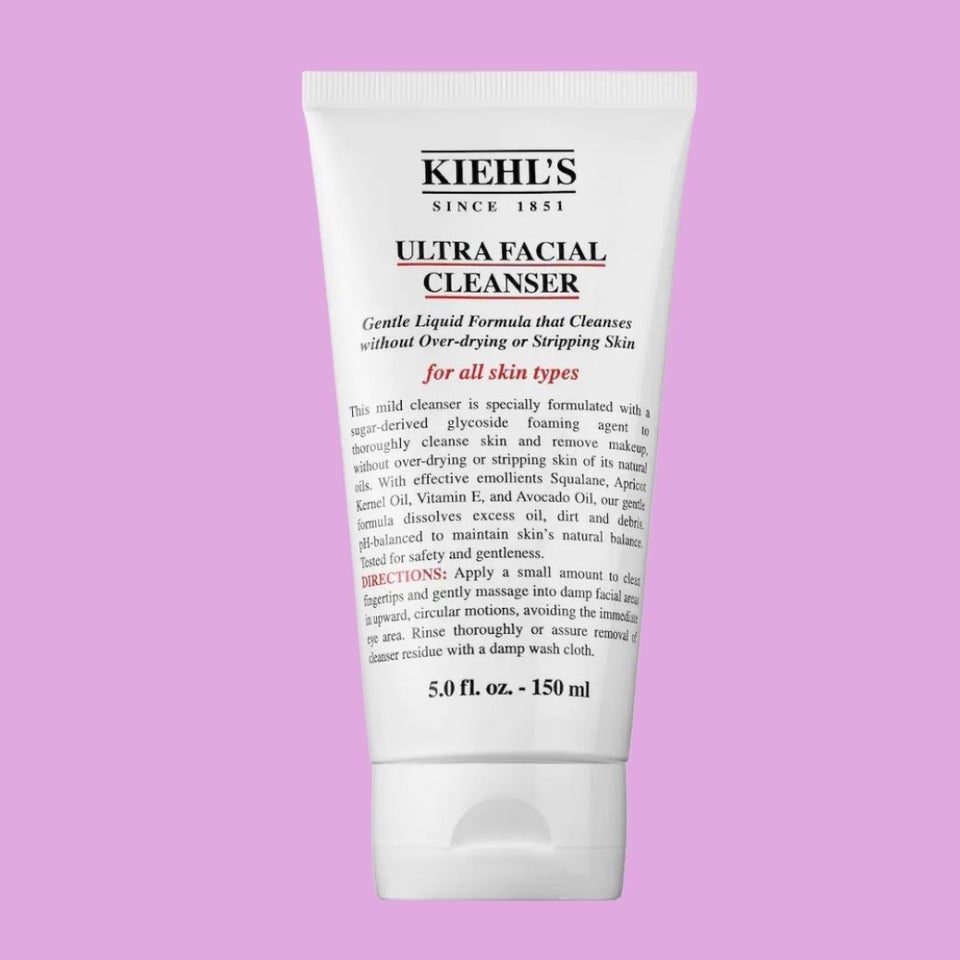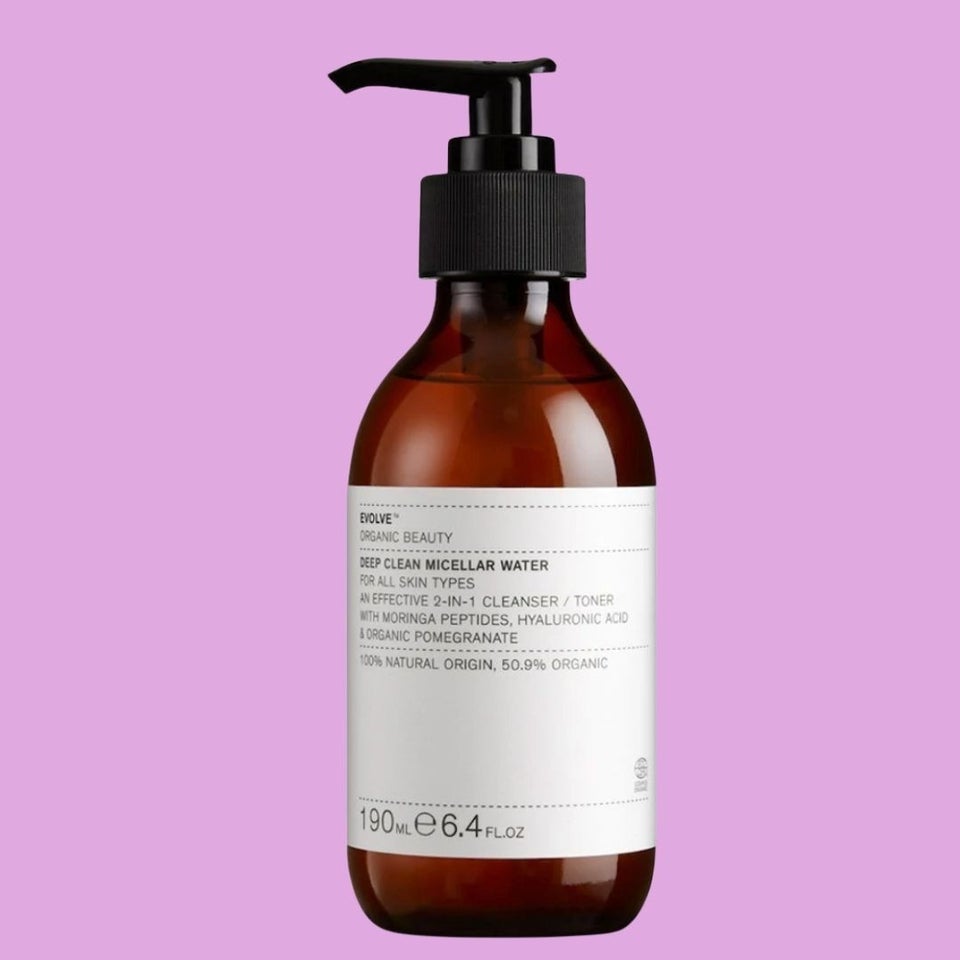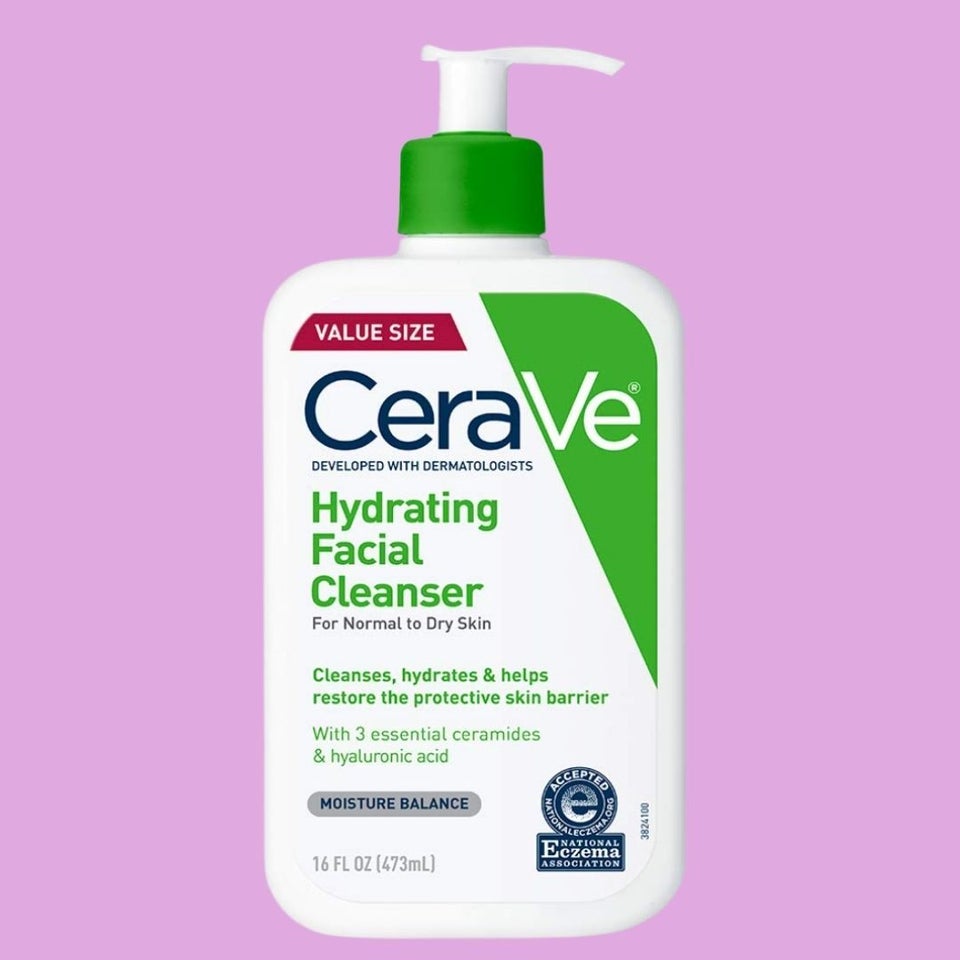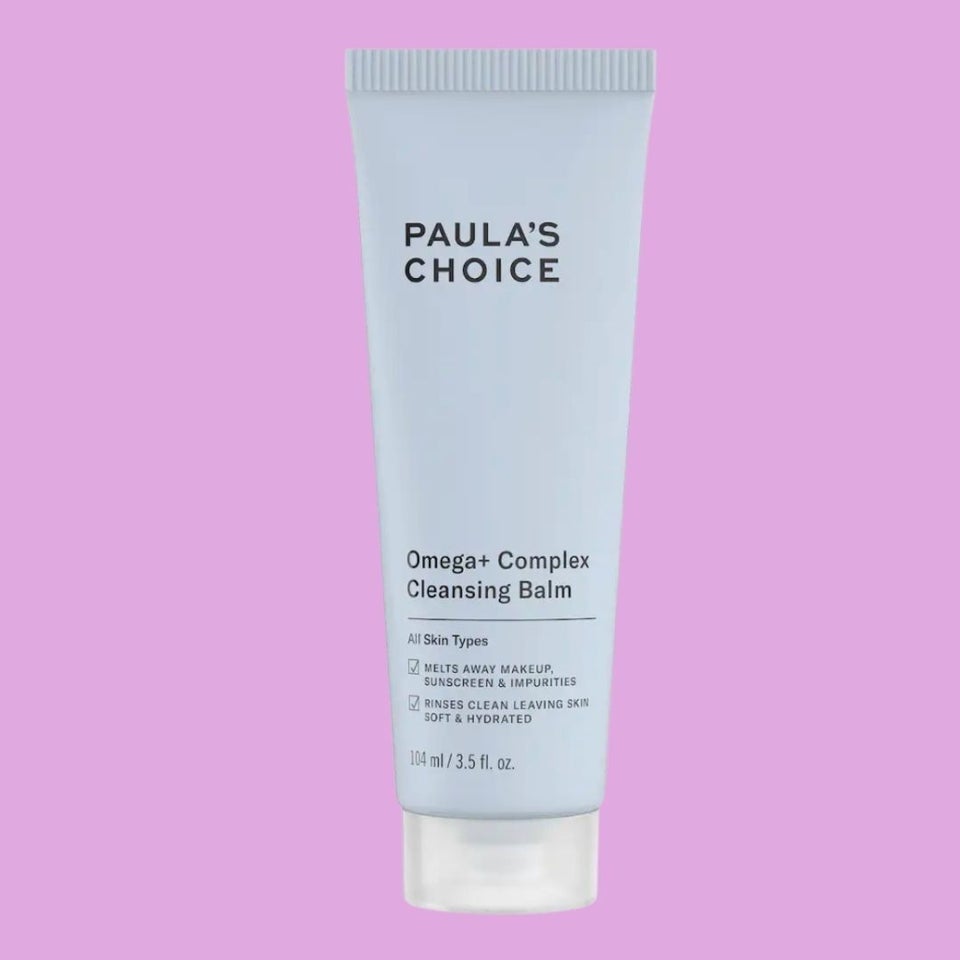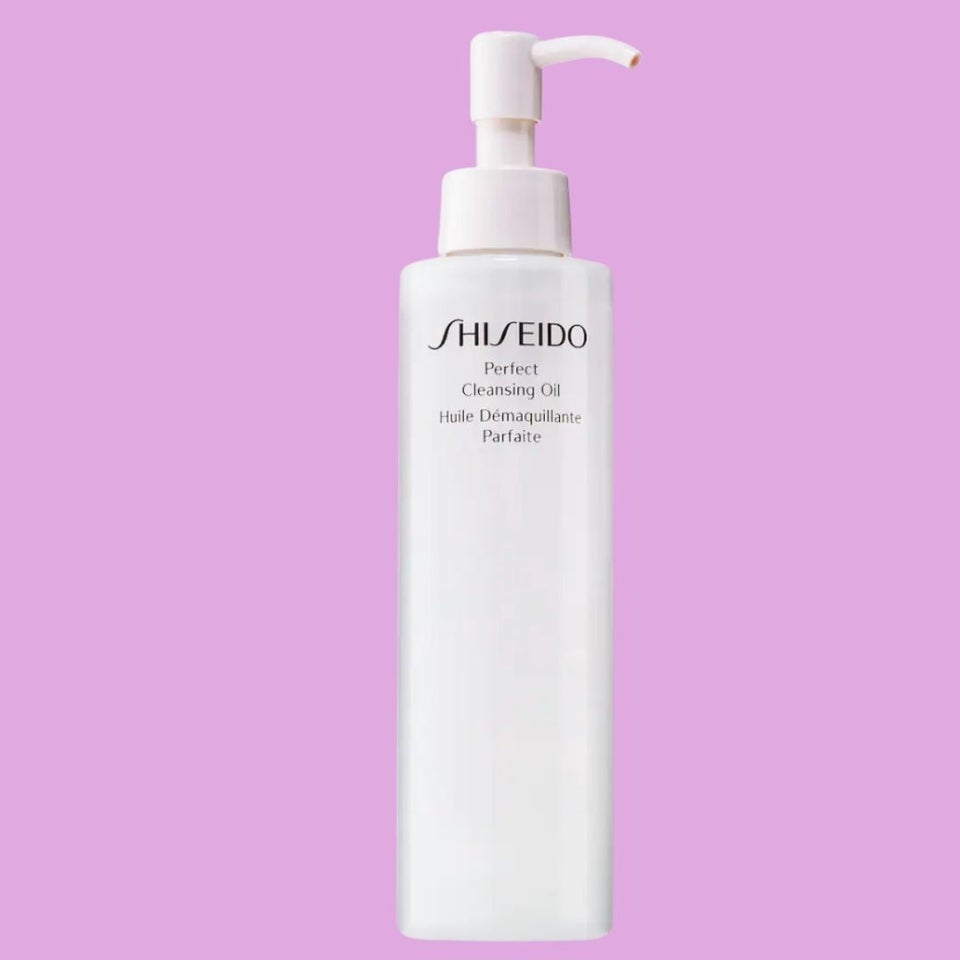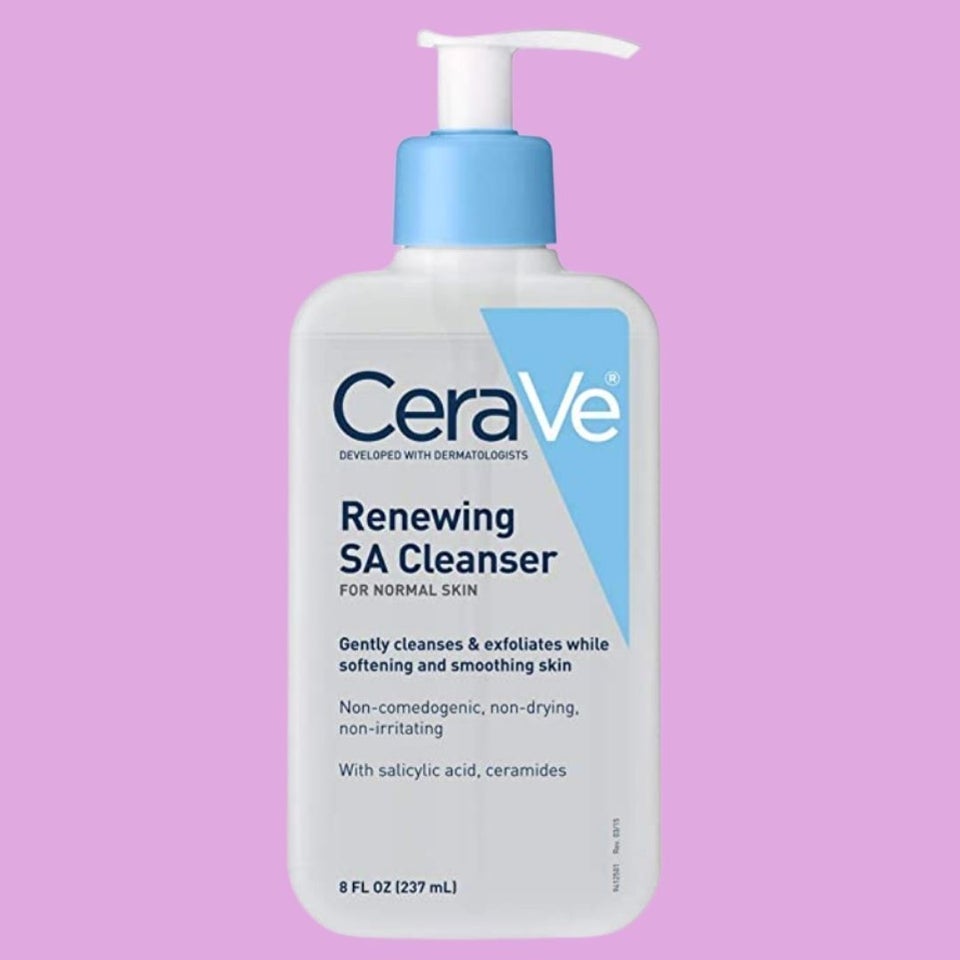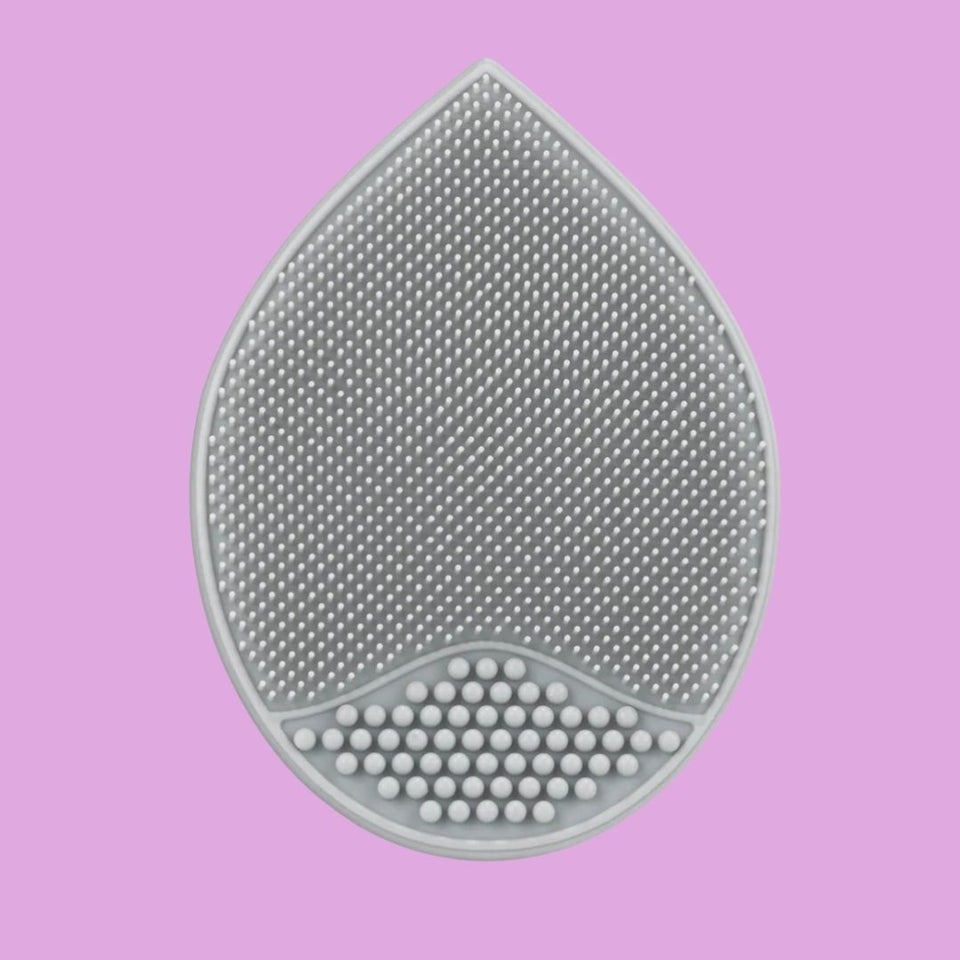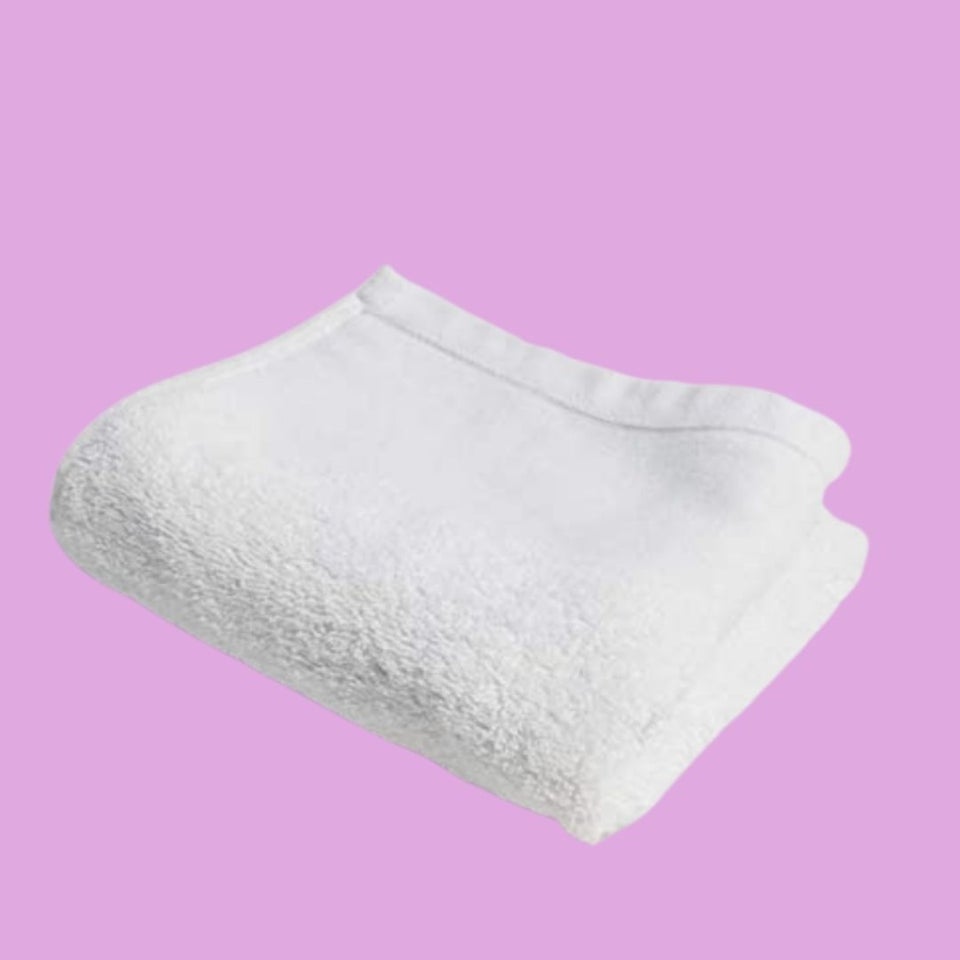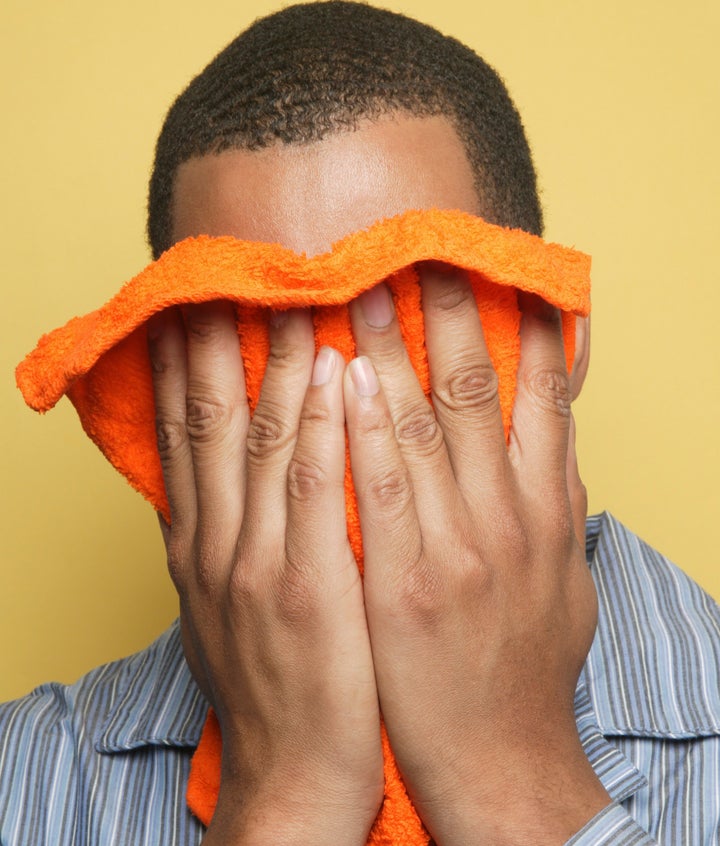
We hope you love the products we recommend! All of them were independently selected by our editors. Just so you know, HuffPost UK may collect a share of sales or other compensation from the links on this page if you decide to shop from them. Oh, and FYI — prices are accurate and items in stock as of time of publication.
In a pandemic when we’ve all been paying more attention to hand-washing, don’t forget that your face needs some daily love, too. Washing your face is not just a nice-to-have part of a daily routine. It’s an important step in fighting off the gunk that can lead to premature aging.
“Cleansing the skin can be an important step in protecting it,” dermatologist Arianne Shadi Kourosh, an assistant professor at Harvard Medical School, tells HuffPost. “Especially for those of us living in urban environments, our skin is confronted daily with radiation from the sun and screens, and with airborne chemicals and irritants from pollution. That can settle on the skin and corrode the skin barrier, causing premature ageing in the form of wrinkles and dark spots. A good cleansing regimen is important to remove these toxic and irritating chemicals and provide a clean canvas to apply antioxidant serums that can help absorb damage and protect the skin.”
If you don’t clean it first, all the fancy skin care products you put on your face won’t do any good, the experts said. “Without washing, your skin would be covered with a thick layer of dirt and grime, which makes it difficult for other products to penetrate the skin properly,” says dermatologist DiAnne Davis.
Feeling squeaky clean is a no-no
It might help to understand the type of post-wash feeling you should be aiming for. “That squeaky, tight feeling after cleansing is actually not a good thing,” dermatologist Jennifer David tells HuffPost. “It’s a sign that your skin is stripped of its natural oils and lipids. Your skin should feel refreshed, but not tight or squeaky.”
Dermatologist Joshua Zeichner, an associate professor of dermatology at Mount Sinai Hospital, agrees that a “squeaky” feeling is a danger signal. “It means you’re stripped your outer skin layer,” he told HuffPost. “Instead of squeaky clean, your skin should feel soft and hydrated after washing.”
Why you should wash your face twice a day
“People should be washing their faces twice a day, in the morning and evening,” dermatologist Jeannette Graf, assistant clinical professor of dermatology at Mount Sinai School of Medicine, tells HuffPost. “Some people just wash their face at night, but what they may not know is that your skin turns over cells at night so when you wake up, all of the toxins are on the surface of the skin. So you need to wash the face again in the morning to remove them.”
If your skin is very dry, you might want to start your day without soap, David said. “It’s OK to wake up and splash some water on your face,” she said. But watch out for the temperature of that splash, she cautions. “Hot water will dissolve all the natural oils out of your skin and disrupt the skin barrier, which leads to long-term dryness.”
And keep in mind that “twice a day” is just a guideline. If you’re getting your face dirty, you probably want to take a break to wash it. “It’s a good idea to wash when your face is very sweaty, like after a workout,” dermatologist Nkem Ugonabo tells HuffPost.
Take it easy on the temperature
Nothing that happens to your face should make you feel pain or shock, so skip the ice water and the scalding temps. In general, aim to take it easy. “You want to aim for moderation in time, intensity and temperature,” Kourosh said. “Use lukewarm or cool water, keep it to just a few minutes and avoid harsh scrubs or scrubbing to prevent irritation.”
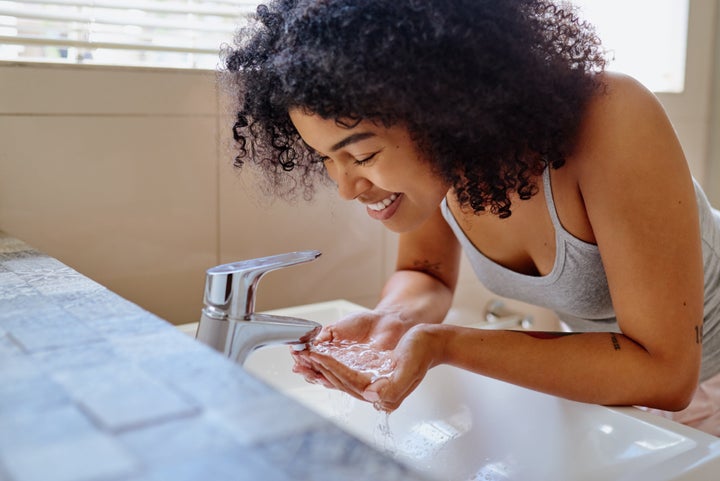
“It’s a complete myth that warm water opens up your pores and cold water closes them,” Zeichner says. “There are no muscles within the wall of your pores, and they don’t open and close like windows. Hot water can cause your blood vessels to dilate, leading to flushing and worsening of conditions like rosacea.”
How to choose the right cleanser
Before you wash, make sure you prep your face properly. “If you have on makeup, use a makeup wipe or micellar water to remove the makeup first, followed by your cleanser,” Davis says. Then set the tap to a lovely, warmish temp and get your cleanser.
“Think of your cleanser as the foundation of your skin care routine,” Zeichner says. “The goal of cleansing is to remove soil from the outer skin layer without disrupting your skin barrier.” Just as with water temperatures, cleansers should be kind. “When it comes to cleansers, gentle and hydrating is best,” Ugonabo says.
As you’re shopping, beware of empty jargon on package labels. “There’s no standardisation or regulation in the beauty industry for using terms like ‘natural’ or ‘clean beauty,’ so these terms are very deceptive,” David says.
“Avoid falling into the trap of purchasing overpriced, fancy cleansers, and remember it’s a cleanser’s job to remove things from the skin, not to add things, so drugstore brand cleanser will do the trick. It’s more important to know your skin type and which formulations work best.”
If you’ve got oily skin, you may want to try foam. “Foaming cleansers tend to be harsher on the skin than other types, but they’re a great option for people who have oily skin,” Zeichner says. “For people who are acne-prone, salicylic acid-containing cleanser can be useful to help remove dead cells from the surface of the skin that contribute to blocking the pores.” Those with dry and/or sensitive skin might consider a hydrating cleanser, milk balm or micellar water.
Once you’re done washing, “pat dry with a clean towel to avoid harmful bacteria, rather than rubbing,” Graf says. “You can also just air dry your face, too.”
Experts’ thoughts on special equipment
There are lots of products out there, like the Clarisonic, that make big claims about skin cleansing. How do they rate with the doctors? “Generally speaking, sonic cleansing brushes are thought to be safe and effective, so long as you’re using them the way that you should be,” Zeichner says. “Sonic brushes are one of the most rigorously tested and validated options you can get but they’re very pricey,” David says. “Cheaper, yet still effective, alternatives are silicone scrubbing pads that come in both electronic and manual versions. Personally, I love the little manual silicone scrubbing pads.”
Gentle and safe should be the keywords for anything that’s touching your face, the dermatologists said. “Be cautious in using cleansing tools like washcloths, sponges or loofahs, because they can be irritating to the skin,” Zeichner says. “Items like washcloths can be a breeding ground for microorganisms if they are left out wet and reused.”
For products to help you get on the right patch, check these out:
Along with deeply cleaning pores, this gel-to-foam facial wash by Cerave can help address textured and bumpy skin while also being gentle enough for frequent use. Like all Cerave products, this cleanser incorporates ceramides for a stronger skin barrier as well as replenishing niacinamide.
